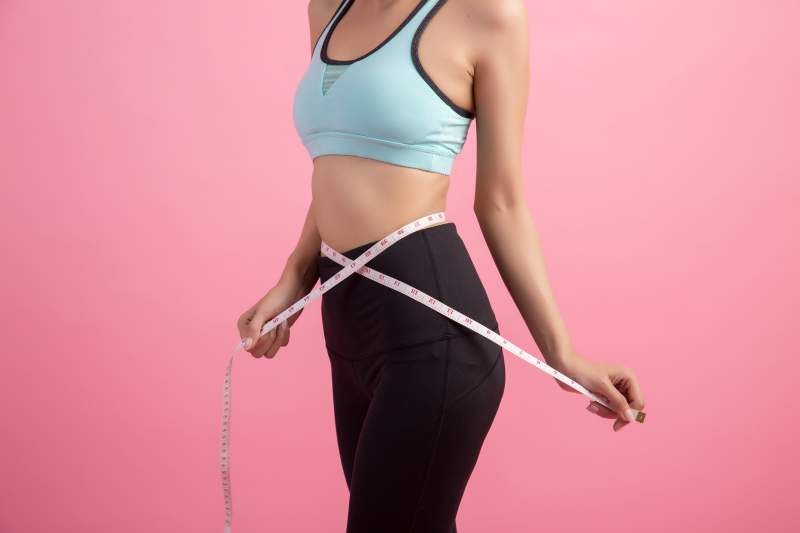With the cost of fuel rising every day, many people are considering the idea of Solar Panels for their homes. There is no doubt that solar energy has become a very popular form of alternative energy. This is because of its environmentally friendly nature, and also because of the ever-increasing costs associated with fuels. Even though most solar energy systems in Australia aren’t as large or as widespread as other countries, there are plenty of them available for those who want them. By having solar panels installed by Solar Panels Adelaide company on your home, you will be taking advantage of one of the cleanest and safest forms of alternative energy that there is.

So, what types of solar panels Adelaide can offer? Well, first of all, there are some big names in the solar panels business in Adelaide. These include Enphase, ESI Solar Power, and Advantus. All of these companies have been supplying solar panels to homeowners for quite some time. They are some of the top solar companies in Adelaide and some of the best places to purchase them as well.
Another company that is growing in the solar panels Adelaide market is VOIP Power. They offer both ground and surface-mounted solar panels, along with their own line of residential solar power inverters as well. Both of these companies offer a huge array of products to their customers. Some of the products that they offer would be impossible to find anywhere else. The pricing that they offer is very competitive, and they cater for almost any budget that you may have.
If you are looking for the very best prices around, then I would strongly recommend contacting either EnergySage or subcontract. They have been in business for years and are widely recognized for helping people find great solar energy solutions. When you purchase solar panels from either of these two companies, you will get more than just the parts. You will also receive expert installation with specially designed PV cells.
The other big name in the solar panel industry, and the one company that we will focus on here, is Solar Power Accessories. They are one of the leading suppliers of solar energy accessories, and when you buy from them, you will be getting the latest and greatest in solar panel optimisers and battery chargers, along with solar panels. Their full range of solar panels, battery chargers and optimisers include:
These are just two of the companies that are making clean energy products in Adelaide, South Australia. They are both well-known reliable companies that you can trust when it comes to solar panels, battery chargers, and a solar system optimizers. If you are looking to purchase clean energy equipment, then, by all means, contact Solar Power Accessories. They are some of the most expert manufacturers in the market and will help you find the right equipment for your home or business, depending on the size of your investment and your specific needs. They are a company that you are sure to have a good working relationship with, so if you have any questions, you can contact them to get the answers you need.



















